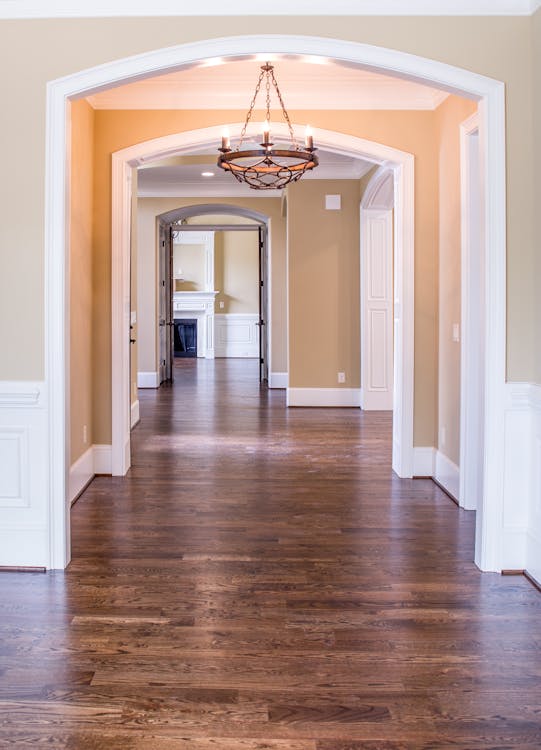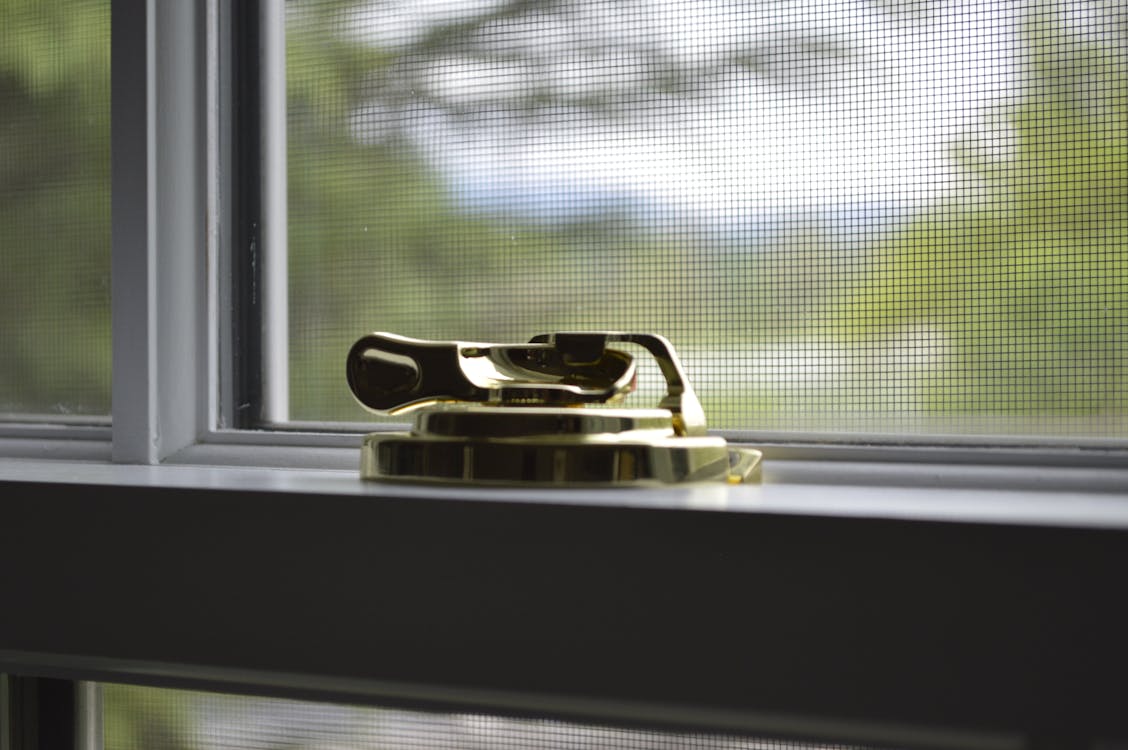Rental Property Inspections
Regular inspections of your property can help to reduce the likelihood of significant issues arising down the line. This can be facilitated through conducting an annual inspection, which can be completed rather quickly if everything is up to code. It can also help you to identify areas of your home that may be ready for a little sprucing up.
Types of Inspections
When you think of inspections, annual inspections or inspections when you or a tenant moves in or out seem like the only times you really need to conduct an inspection. However, the folks over at Bigger Pockets suggest in addition to the typical move in-move out inspections, you might want to conduct routine inspections to assess the safety and cleanliness every three to six months, as well as drive-by inspections. However, it is important to refrain from encroaching on the rights of a tenant as they pertain to privacy and their right to quiet enjoyment.

Owning a rental property is a substantial investment. As such, it makes sense that landlords would like to ensure that tenants are holding up their end of the lease. It can be tricky to strike a balance as a landlord when it comes to inspections. If you live near your rental property, landlords can conduct drive-by inspections. Just make sure that you do not go onto the property unless you have provided your tenant with advance notice in line with the clause in your rental agreement.
Floors
You walk on them daily, but have you really taken a look at your floors? They support not only your furniture, but you and your family as well! Whether they are carpet, wood, tile, or linoleum, life can take a toll on your floors. Are there wear holes in some areas of the carpet or water damage on wood floors? If so, it may be time to repair or replace or otherwise tend to this potential health and safety issue. Sloping floors can also be an indication of possible structural issues that could arise down the line.

Walls
Just like your floors, walls can be prone to regular wear and tear. While you are performing an inspection, look for any signs of water damage, mold, or damage caused by your tenants. If you are conducting inspections on a fairly regular basis, you can track the progression of any cracks that may appear. If cracks are growing over time, it can indicate a structural issue that may need to be addressed.
Windows
Windows allow for the beauty of nature to come into the home, and when the windows are functioning as they should, windows also help to keep the outside, outside. When conducting an inspection, there are a few important areas to note. If the property is older, there may be some cracks in the windows or jams. Also inspect the windows to ensure that each one operates as intended. Older homes may run the risk of their window tracks being painted over, leaving the windows inoperable. If windows do not open or close, it could be a health and safety issue that needs to be addressed as soon as possible for the safety of you and/or your tenants.

Conclusion
Although this list is not exhaustive in terms of what needs to be inspected and when, it can feel overwhelming. Performing regularly scheduled inspections can be a time consuming task. Whether you are inspecting your own home or are the owner of several rental properties, it can be a daunting undertaking. However, this service, as well as other time saving options can be completed by companies such as The Property Manager. If you are interested in finding out how a property management team can help you as a rental property owner, contact The Property Manager to see how we can fit your needs!
References
How Often Can a Landlord Inspect a Rental Property?
Importance of Conducting Routine Property Inspections
Rental Property Inspections: 4 Types That Can Save Your Property
Renting A House or Apartment – Your Rights as A Renter



